What is restaking, and how to restake Ethereum to boost rewards?
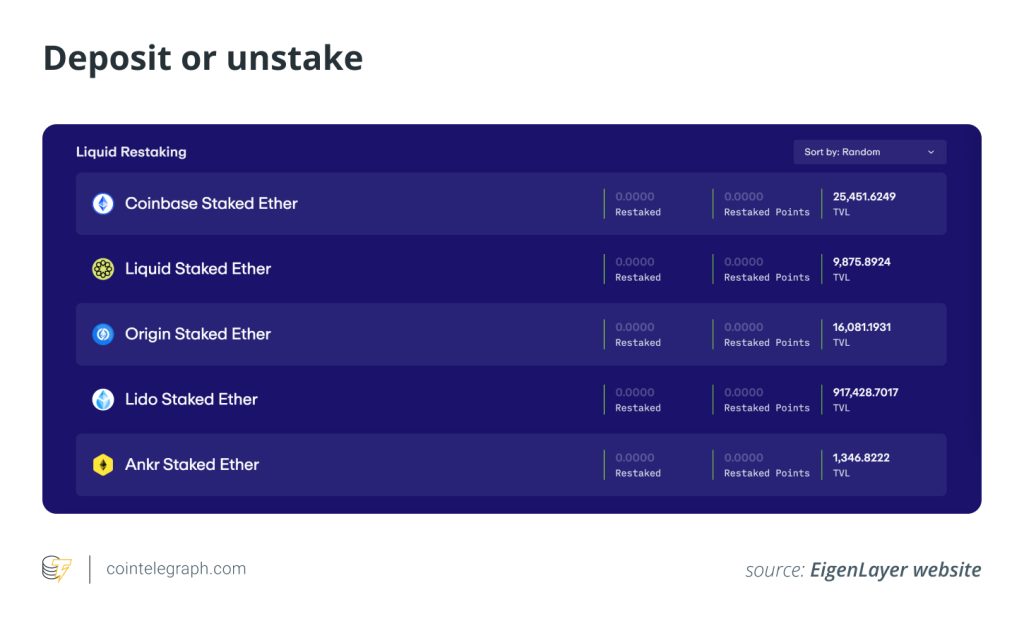
Staking Ethereum refers to using staked Ether on the Ethereum network to support the security of other decentralized protocols at the same time.

In proof-of-stake (PoS) blockchains such as Ethereum, the network’s security syncs with the number of active validators, the percentage of circulating tokens staked, and the allocation of these tokens among the active validators. Restaking mechanisms incentivize these staked tokens — otherwise lying inactive — to improve the overall functioning of the blockchain.
This article discusses what restaking is, the types of restaking, how liquid restaking works, collective security using staked Ether and concerns regarding restaking.
What is restaking
Restaking presents a novel concept in cryptocurrency security, enabling stakers to use their Ether (ETH) in the consensus layer more than once. It allows stakers to increase their rewards while strengthening the security of the staking network by facilitating the deployment of liquid staking tokens with validators across several networks.
Staked tokens usually sit idle on PoS blockchains. Restaking activates staked tokens, facilitating higher staking rewards for restakers. Whether someone is staking Ethereum directly or using a liquid staking token (LST), they could use a restaking protocol such as EigenLayer to receive additional rewards on their staked tokens.
The sheer number of validators on the Ethereum network participating in the PoS consensus mechanism makes it stand out. But staked ETH lies dormant. Thanks to liquid staking protocols, the staked ETH gets converted into fungible tokens, enabling stakers to use it in decentralized finance (DeFi) applications. The mechanism sets aside the minimum 32 ETH staking cap, enabling users with smaller holdings to earn staking rewards.
Types of restaking
Restaking can broadly be segregated into native and liquid restaking. Native restaking is available to users who run an Ethereum validator node. It functions through a set of smart contracts that supervise the management of assets staked inside a validator’s node.
Validators can benefit from the crypto-economic security offered by restaking protocols and can stake their tokens with them. To participate in a restaking program, validators need to install and execute additional node software for the restaking module.
Liquid restaking involves users utilizing liquid staking tokens (LST). When a staker stakes their assets with a validator in this procedure, the validator grants them a token that represents their stake. The staker would restake the LST to earn additional rewards.
How liquid restaking works
Let us use the example of EigenLayer to understand how liquid restaking works. With a total value locked (TVL) of over $250 million, EigenLayer effectively acts as a bridge between Ethereum and other blockchain applications, offering both pooled security and a marketplace for it.
Restaking through smart contracts
EigenLayer functions as the foundational framework for restaking. Anyone who has already staked their ETH — directly or through liquid staking solutions — can engage with EigenLayer’s smart contracts. This allows them to restake their holdings and contribute to the security of various platforms, effectively creating a collective security mechanism powered by Ethereum.
Process to restake on EigenLayer
Here is the process to restake on EigenLayer
Step 1: Click “Restake” at the right of the top menu on the EigenLayer website.

The EigenLayer app will appear in the next tab, where the user can complete the restaking process.
Step 2: Click the “Connect wallet” button at the middle of the top. Users can select between MetaMask, Coinbase Wallet, WalletConnect and OKX Wallet.
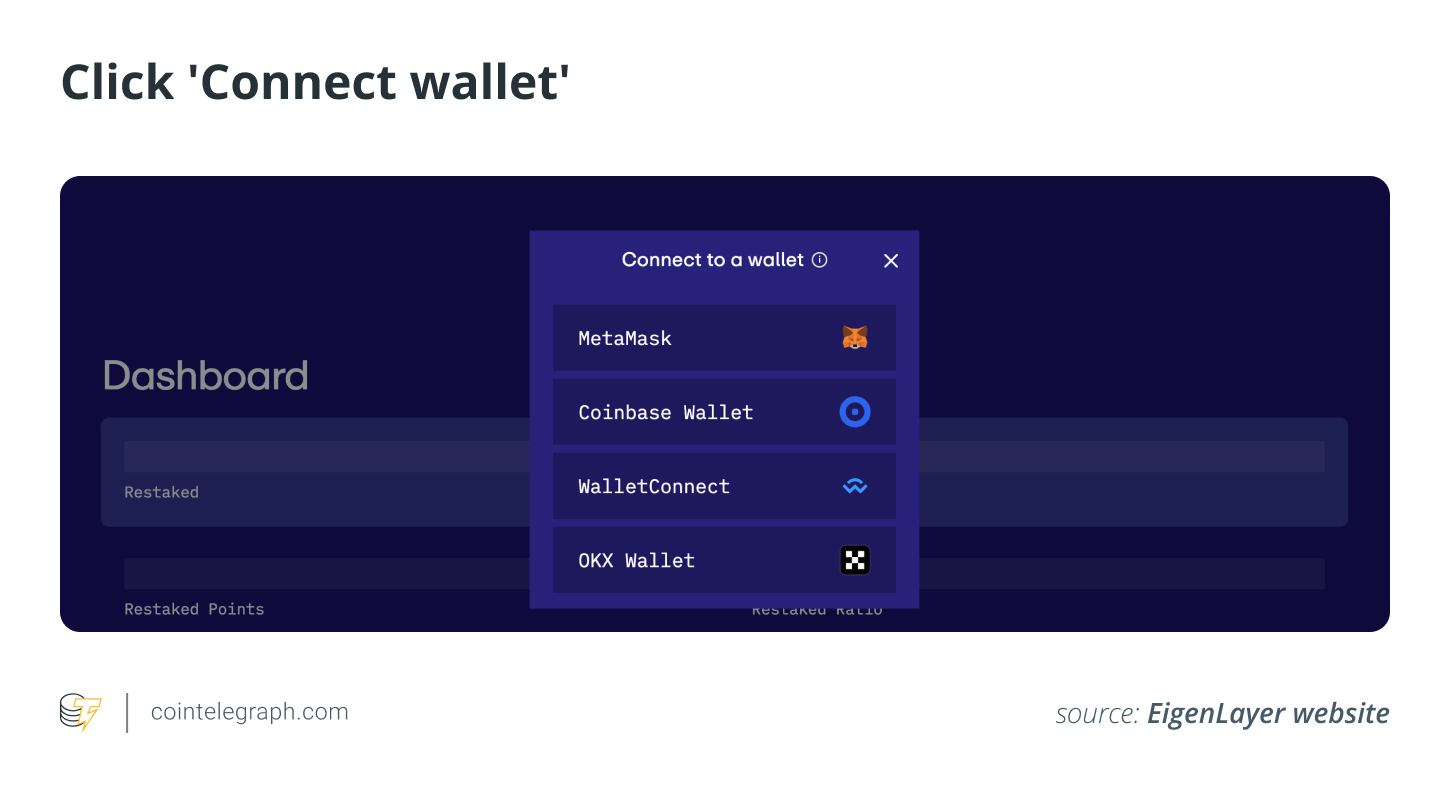
At the top right, users can see an icon with three horizontal lines. Users can access support documentation, blogs, Discord and forum sections through it.
Step 3: In the section “Liquid Restaking,” click on the chosen LST.
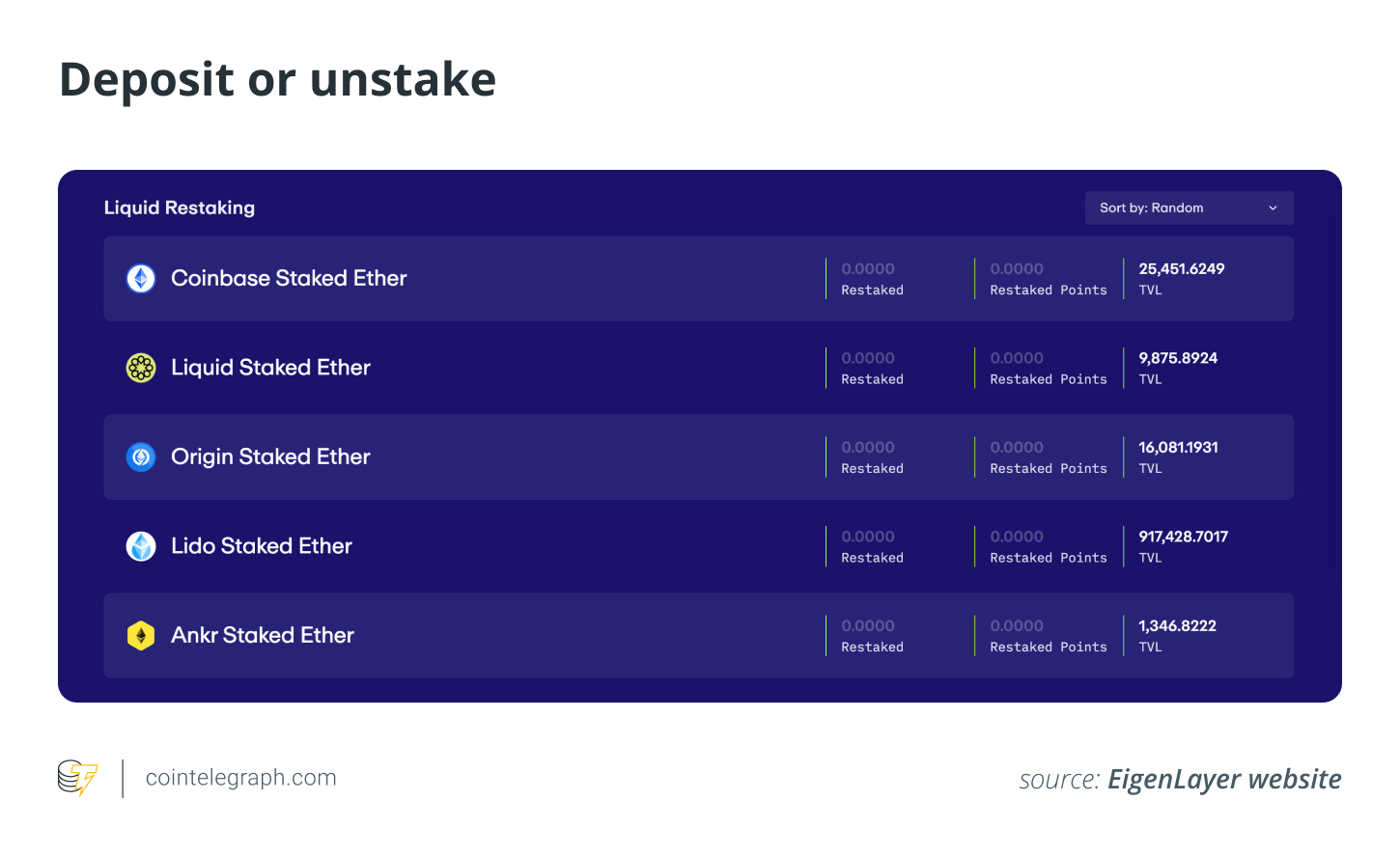
Suppose a user selects Rocket Pool Ether. They can deposit or unstake on the window that appears. At the time of writing, deposits are paused.
Collective security using staked ETH
Typically, launching a new protocol involves establishing a fresh network of trust for security purposes, which includes setting up a network of validators and introducing a native cryptocurrency.
Restaking changes the game by allowing these protocols or active validator sets (AVS) to leverage the collective security from Ethereum’s stakers, making development much more efficient. These AVS, also called EigenLayer modules, can range from sidechains and bridges to oracle networks, keeper networks and data availability layers.
In the past, an attacker could potentially breach the security of one of these AVS to cause disruption. However, with EigenLayer’s model of pooled security, any such attempt would require challenging the entire collective stake, valued at billions of dollars. Participating in EigenLayer’s smart contracts, however, introduces additional risks, including the possibility of increased slashing conditions for a user’s staked ETH.
For those staking their Ethereum, this model offers the chance to earn higher returns by securing various AVS with their restaked ETH without needing different tokens. EigenLayer facilitates this through a marketplace where AVS can attract the support of Ethereum validators, who are then able to select which modules to back based on the incentives provided.
Concerns regarding restaking
A common concern about restaking is about the allocation of funds repeatedly to similar validators, increasing both yield and risk. Developers have warned that excessive leverage could result in the instability of projects. According to them, if more financial risk is embedded into the blockchain itself, it would only destabilize the whole ecosystem. Vitalik Buterin, a co-founder of Ethereum, has cautioned that restaking protocols could expose the blockchain to significant systemic risk.
The rapid growth of restaking protocols means the associated risks are also escalating, demanding immediate attention. A voluminous failure could undermine the security of the underlying blockchain. In 2022, Ankr, a restaking protocol built on the BNB network, was exploited, and it should serve as a preview of a possible catastrophe for a blockchain network.
However, considering the possible risks posed by restaking, it can be deployed in scenarios with low-risk misbehaviors, like double signing, without compromising Ethereum’s decentralization norms.
Emergence of staking as a DeFi component
As restaking continues to evolve, it is likely to emerge as a key DeFi component, drawing more liquidity and users into Ethereum staking, which historically has lagged behind other PoS networks in staking ratio. Through the synergies of LST and restaking, Ethereum’s staking ecosystem may see significant growth.
Possible risks to layer-1 blockchains due to restaking suggest a cautious approach regarding the development and deployment of staking services. Resolving potential conflicts after restaking gains significance will help prevent negative effects. Factoring in the long and short-term effects of restaking on the Ethereum ecosystem may result in a win-win situation for every staker.

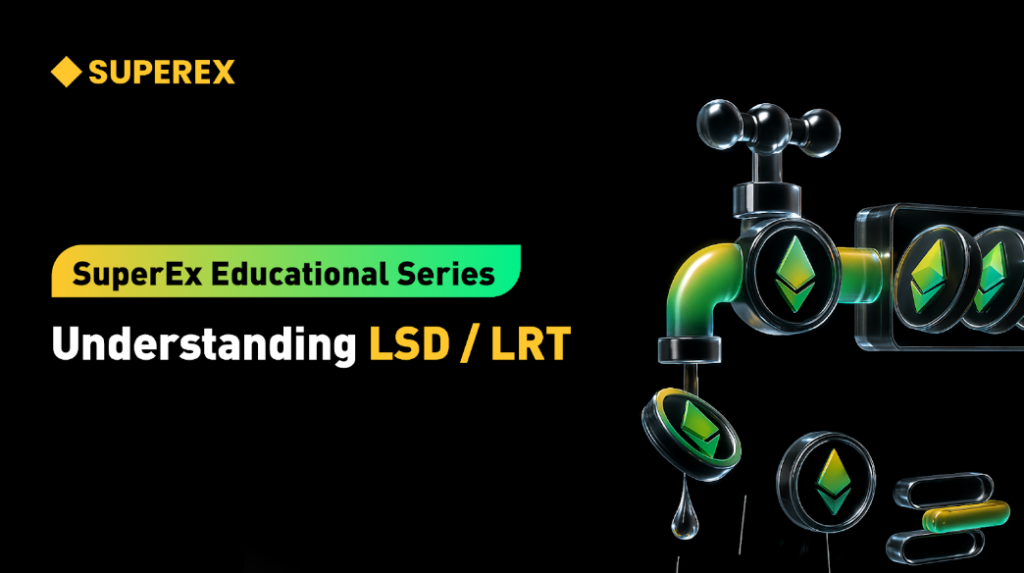
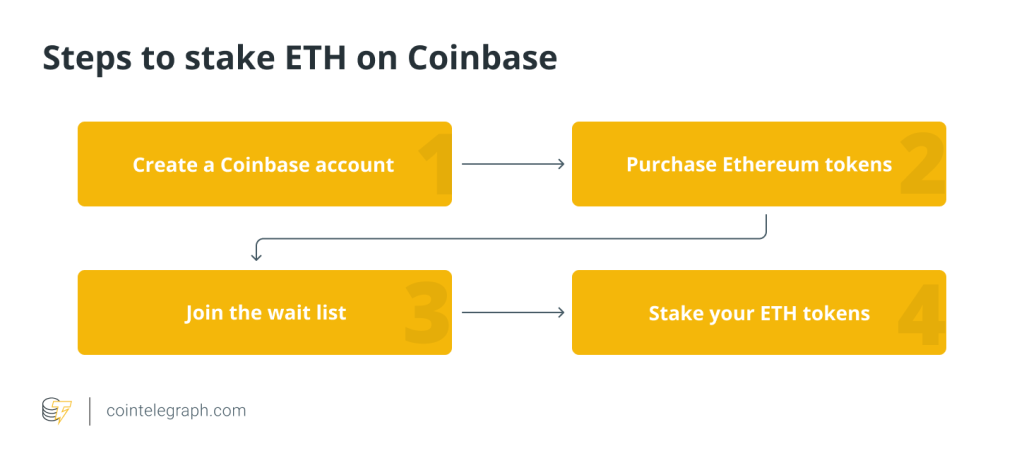
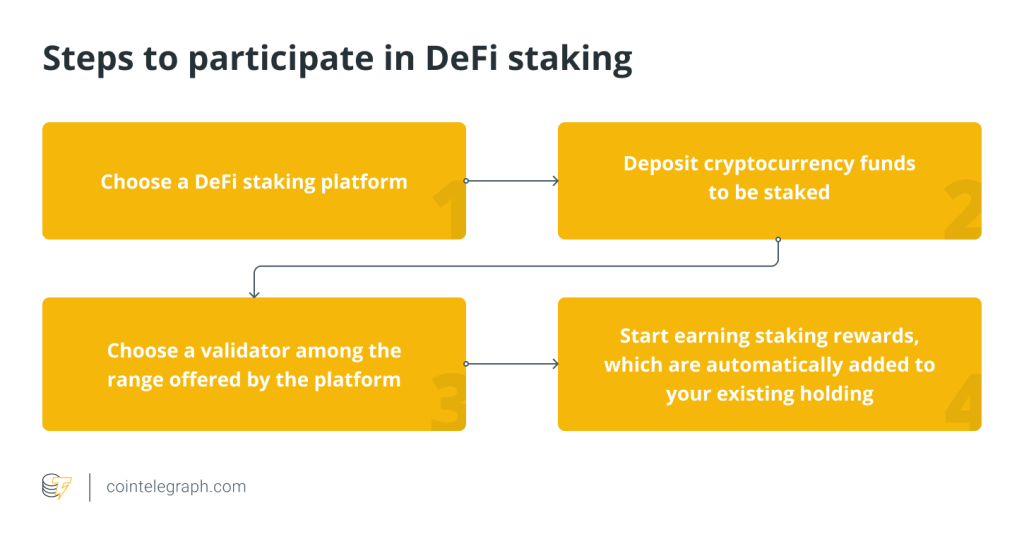

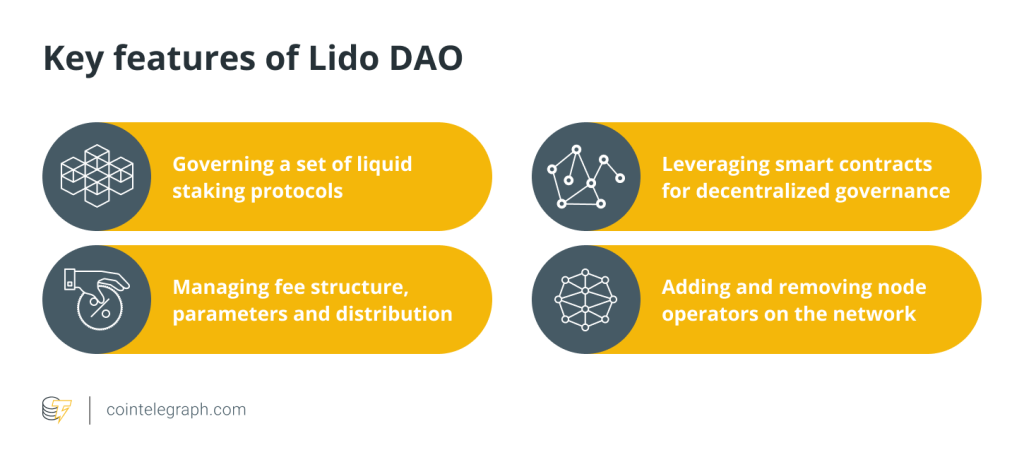
Responses